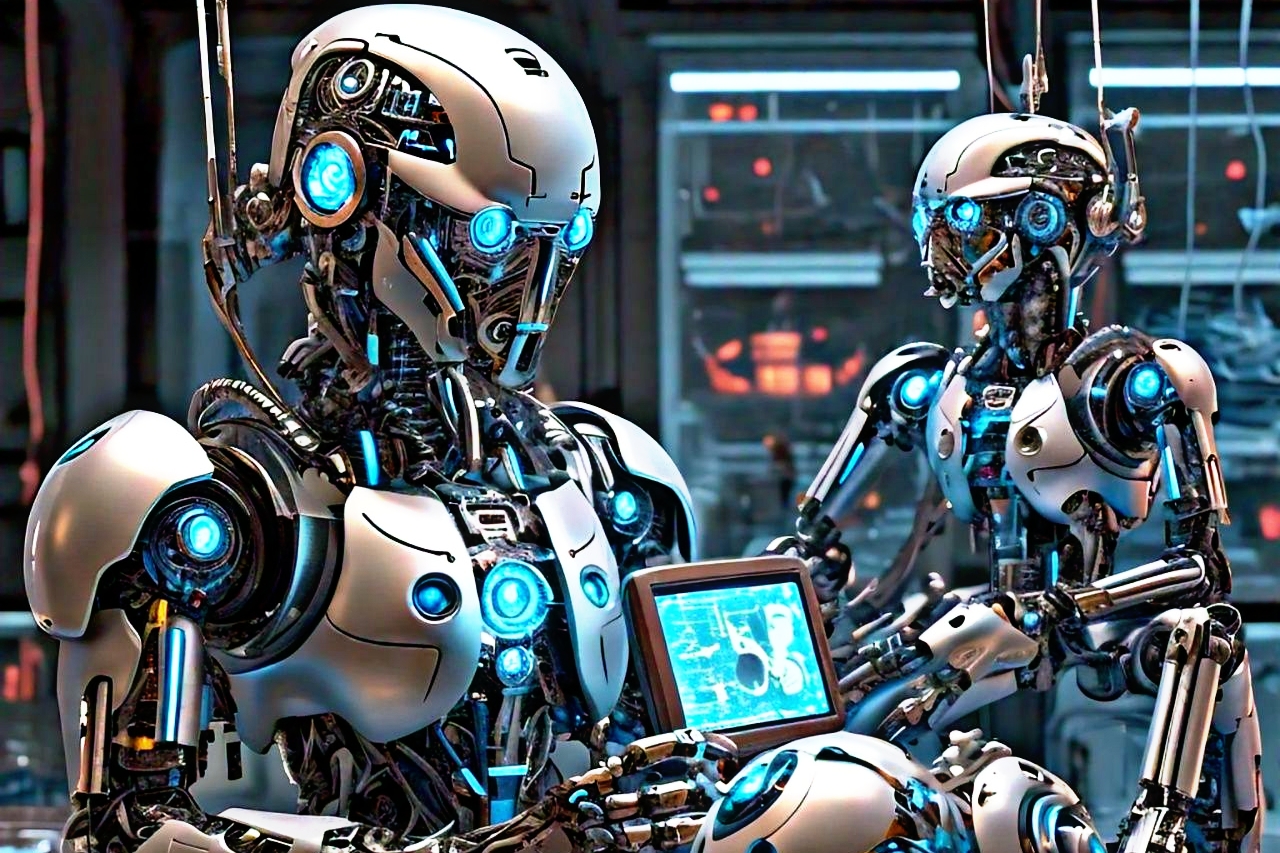Robots have long been a subject of fascination, not just in the realm of science fiction but also in the field of technology. As artificial intelligence (AI), machine learning, and robotics continue to advance, the vision of future robots becomes more and more tangible. The prospect of autonomous, intelligent machines that can perform a wide range of tasks, from simple to complex, holds immense potential to transform industries, daily life, and the very nature of human work. In this article, we will explore the future of robots, examining how they are evolving, their applications, their challenges, and their potential to reshape our world.
The Evolution of Robotics: From Concept to Reality
The history of robots dates back centuries, with the idea of artificial beings appearing in myths, stories, and early engineering projects. However, it was in the 20th century that robots began to make their way from fiction to reality. The first modern robots were mechanical arms developed in the 1950s for industrial applications, which laid the groundwork for today’s more sophisticated machines. The development of robotics has followed a path of ever-increasing complexity, leading to machines that can perform tasks autonomously, learn from experience, and interact with humans in meaningful ways.
In the 21st century, the rapid advancements in AI, computing power, and sensor technology have propelled robotics into new frontiers. The future robots is not just about machines that can execute programmed commands; it is about creating robots that can think, adapt, and collaborate with humans in innovative ways. This article will look into the various facets of future robots and their potential impact on society.
The Key Technologies Driving the Future Robots
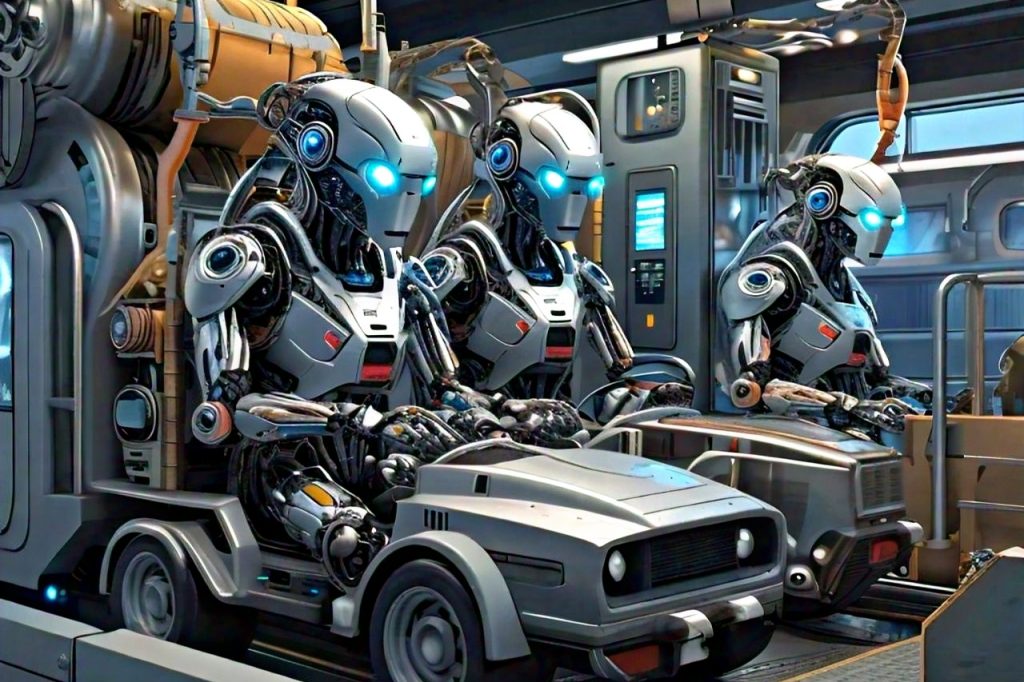
At the core of future robots are several key technologies that are evolving and coming together to enable unprecedented capabilities. These technologies are reshaping how robots are designed, built, and integrated into society. Let’s explore some of the most significant technologies that are driving the future of robots.
Artificial Intelligence and Machine Learning
Artificial intelligence (AI) is the backbone of future robots. The ability of robots to make decisions, recognize patterns, and learn from experience will be powered by sophisticated algorithms and machine learning models. In the coming decades, robots will be able to perform increasingly complex tasks, understand natural language, and make autonomous decisions based on vast amounts of data.
Machine learning, a subset of AI, enables robots to learn from data and improve their performance over time. For example, a robot performing a task like picking up objects will learn from its mistakes and improve its accuracy over time without human intervention. As AI models become more sophisticated, the ability of robots to understand their environment, interpret sensory data, and make decisions will continue to improve.
Sensors and Perception
Sensors are crucial for robots to interact with the world around them. They allow robots to perceive their environment, understand their surroundings, and make informed decisions. Advances in sensor technology are enabling robots to develop a heightened sense of perception, allowing them to recognize objects, navigate complex environments, and even detect human emotions.
In the future robots will likely be equipped with an array of advanced sensors, such as cameras, lidar, radar, and tactile sensors, that enable them to understand their environment in three dimensions. This will allow robots to operate in dynamic and unpredictable environments, from homes and offices to warehouses and even outer space.
Autonomy and Navigation
One of the hallmarks of future robots is their ability to operate autonomously. Autonomous robots can perform tasks without direct human control, making decisions based on sensory input and pre-programmed objectives. In the future, robots will be able to navigate a wide range of environments with minimal human oversight, adapting to new situations and learning from experience.
Autonomous navigation systems will be crucial in allowing robots to move around complex spaces, such as city streets, warehouses, hospitals, or even disaster zones. Robots will use a combination of sensors, AI, and advanced algorithms to map out their surroundings, avoid obstacles, and make real-time decisions about their movements.
Human-Robot Interaction (HRI)
The relationship between humans and robots is a key area of development for the future. As robots become more integrated into daily life, it is essential that they be designed to interact with humans in a natural and intuitive way. Human-robot interaction (HRI) will involve improving the ability of robots to understand and respond to human emotions, gestures, and speech.
In the future robots will be able to communicate with humans using natural language processing (NLP), making it easier for humans to give commands and receive feedback. Additionally, robots will be able to interpret human body language and facial expressions, enabling more empathetic interactions. This will be particularly important in applications such as healthcare, eldercare, and education, where robots will need to understand human needs and respond appropriately.
Robotics in Manufacturing and Industry
The manufacturing industry has already seen significant advances due to robotics, with robots performing tasks such as assembly, welding, painting, and packaging. However, future robots will take industrial automation to the next level, with advanced collaborative robots (cobots) working alongside humans to optimize production processes.
The rise of autonomous robots in manufacturing will lead to increased efficiency, reduced labor costs, and enhanced precision. For instance, robots will be able to perform complex assembly tasks without human intervention, while also adapting to changes in production schedules and requirements. Additionally, robots will be able to perform maintenance tasks on themselves or other machinery, reducing downtime and increasing operational efficiency.
Future Robots in Healthcare
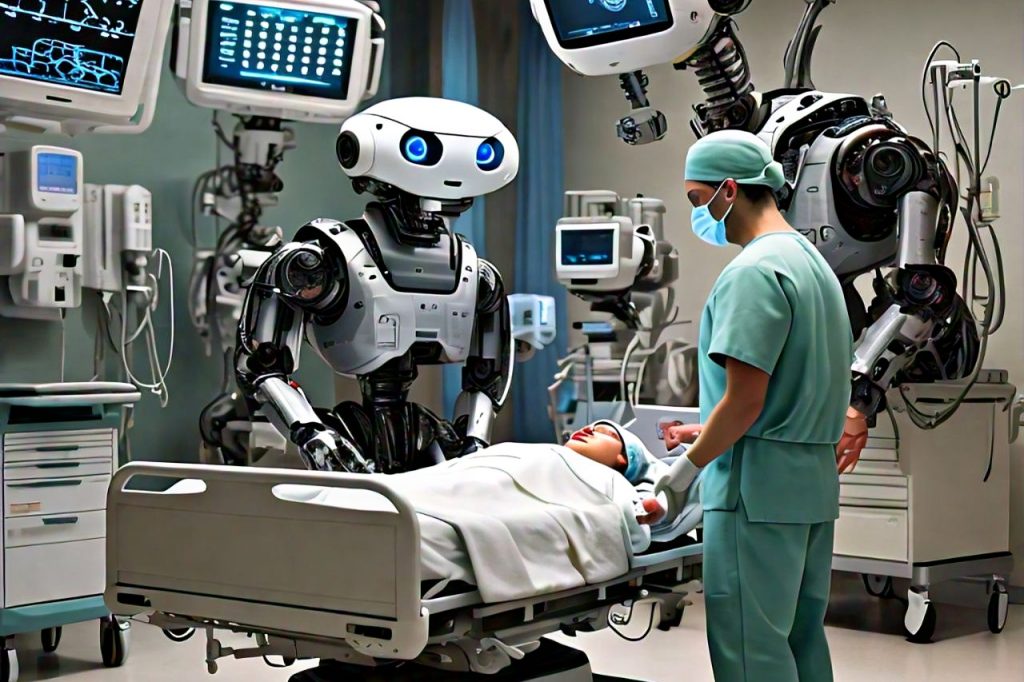
The healthcare industry is another area that stands to benefit immensely from the development of future robots. As the population ages and the demand for healthcare services increases, robots will play a crucial role in addressing labor shortages and improving patient care.
Robots for Surgery
Robots have already made their mark in the operating room, with systems like the da Vinci Surgical System enabling minimally invasive surgeries with greater precision and control. In the future, robots will be able to perform surgeries autonomously or with minimal guidance from human surgeons. With advanced AI and sensor technology, surgical robots will be able to assess a patient’s condition, make real-time decisions during procedures, and even adapt to unexpected challenges.
Robots for Elder Care
As the elderly population grows, the demand for care services will increase. Future robots will play a significant role in supporting caregivers and providing assistance to elderly individuals. Robots equipped with AI and sensory capabilities will be able to monitor vital signs, assist with mobility, help with daily tasks, and provide companionship. They will also be able to detect emergencies, such as falls, and alert caregivers or medical professionals in real-time.
The Role of Robots in Transportation and Logistics
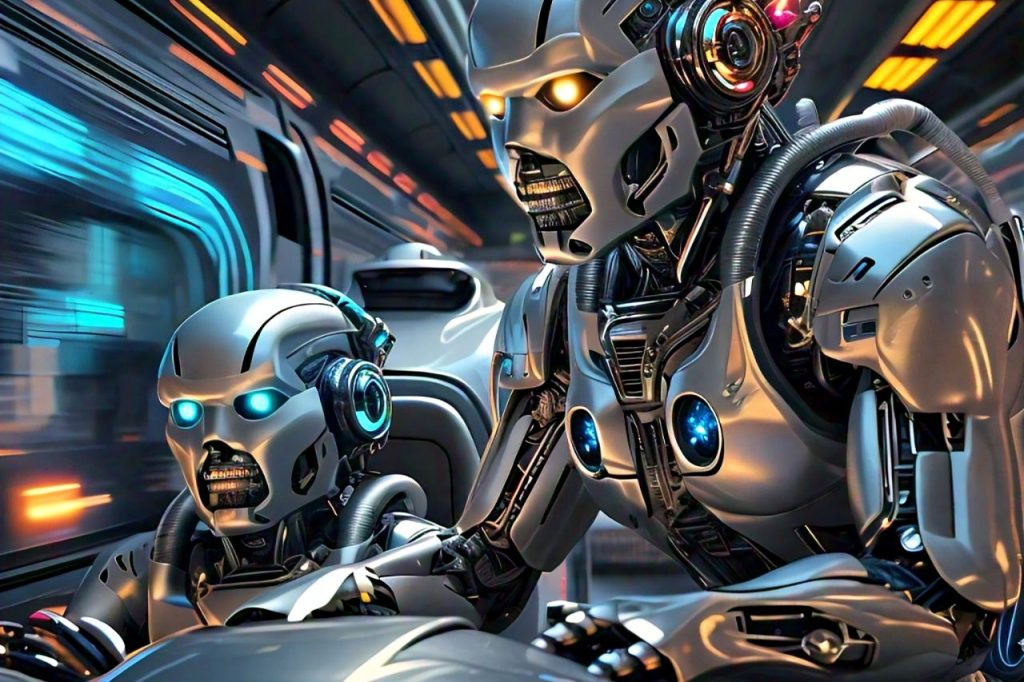
The transportation and logistics industries are already being transformed by robotics, and the future of robots in these sectors promises even more innovation. Autonomous vehicles, drones, and warehouse robots will become more advanced and integrated into supply chains, reshaping how goods are moved, stored, and delivered.
Autonomous Vehicles
Self-driving cars, trucks, and drones will revolutionize the way goods and people are transported. Future robots will be capable of navigating urban and rural environments, understanding complex traffic patterns, and making split-second decisions to avoid accidents. In the logistics industry, autonomous trucks will be able to transport goods over long distances without human drivers, reducing labor costs and improving efficiency.
Warehouse Automation
The future robots in logistics also includes intelligent robots that will automate tasks in warehouses and distribution centers. Robots will be used to pick and pack items, move inventory, and optimize storage space. These robots will be able to communicate with each other and coordinate their actions to maximize efficiency and reduce errors. With AI and advanced sensors, warehouse robots will be able to adapt to changing demands, weather conditions, and other variables, ensuring that goods are delivered on time.
Robots and Environmental Sustainability
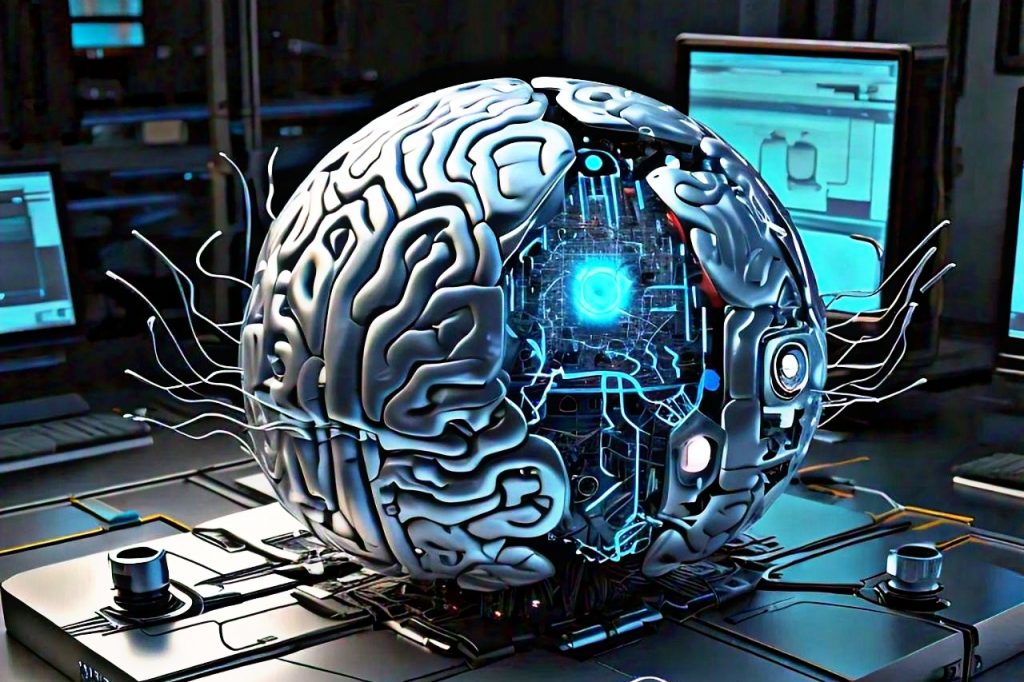
As the world grapples with climate change, resource scarcity, and environmental degradation, robots will play a critical role in addressing many of the challenges that threaten our planet. Through the integration of robotics with sustainable practices, we are likely to see robots that help not only in human endeavors but also in preserving the Earth.
Robots for Renewable Energy
One area where robots are expected to make a significant impact is in the renewable energy sector. The deployment of robots for maintaining and improving the efficiency of solar and wind energy infrastructure will be an essential development. Robots will be used for cleaning solar panels, repairing wind turbines, and inspecting offshore energy platforms. Autonomous robots, working alongside human technicians, can reach hard-to-access locations and perform maintenance tasks, reducing downtime and increasing the overall energy output.
Moreover, robots equipped with AI and machine learning could optimize energy consumption across industries, helping to better manage grids, detect energy leaks, and optimize energy flow. In homes, intelligent robots could assist homeowners in energy conservation by intelligently controlling heating, cooling, and lighting systems, resulting in reduced energy waste.
Robots for Environmental Cleanup
Another promising area for future robots is environmental remediation. Robots equipped with sensors, AI, and advanced materials could be used to clean up pollution, oil spills, and even plastics in the ocean. Robots like autonomous underwater drones are already being used to monitor marine environments, but they will soon be capable of more complex tasks, such as removing pollutants from water or performing delicate underwater repairs on ecosystems affected by industrial activities.
Land-based robots may assist in decontaminating polluted areas or even repurposing waste materials. For instance, robots could be employed to clean up waste from landfills or sort recyclable materials more efficiently than humans, reducing landfill space and promoting a more circular economy.
Robots in Education: Empowering the Next Generation
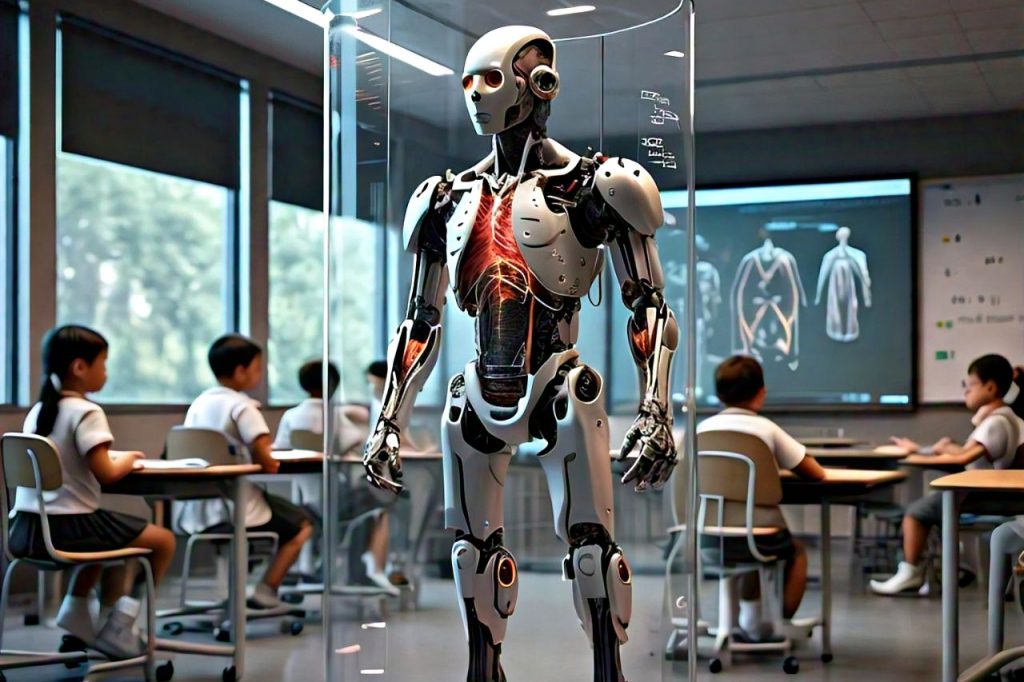
The role of robots in education is set to grow exponentially, not just as tools for learning, but also as agents that personalize and optimize educational experiences. The future of robots in education is one where technology assists both teachers and students, creating more immersive and individualized learning environments.
Robots as Teaching Assistants
In schools and universities, robots will likely become teaching assistants, helping instructors to manage large classrooms and provide more personalized attention to students. These robots will be capable of answering student questions, providing extra lessons, and even assisting with administrative tasks, allowing teachers to focus more on teaching and student engagement.
Moreover, robots will be able to adapt their teaching styles to suit individual learning needs. AI-driven robots can assess a student’s progress, identify areas of weakness, and tailor lessons accordingly. This personalized approach will allow for a more customized and effective learning experience, particularly for students who need additional support or who excel and require more challenging material.
Robots for Special Education
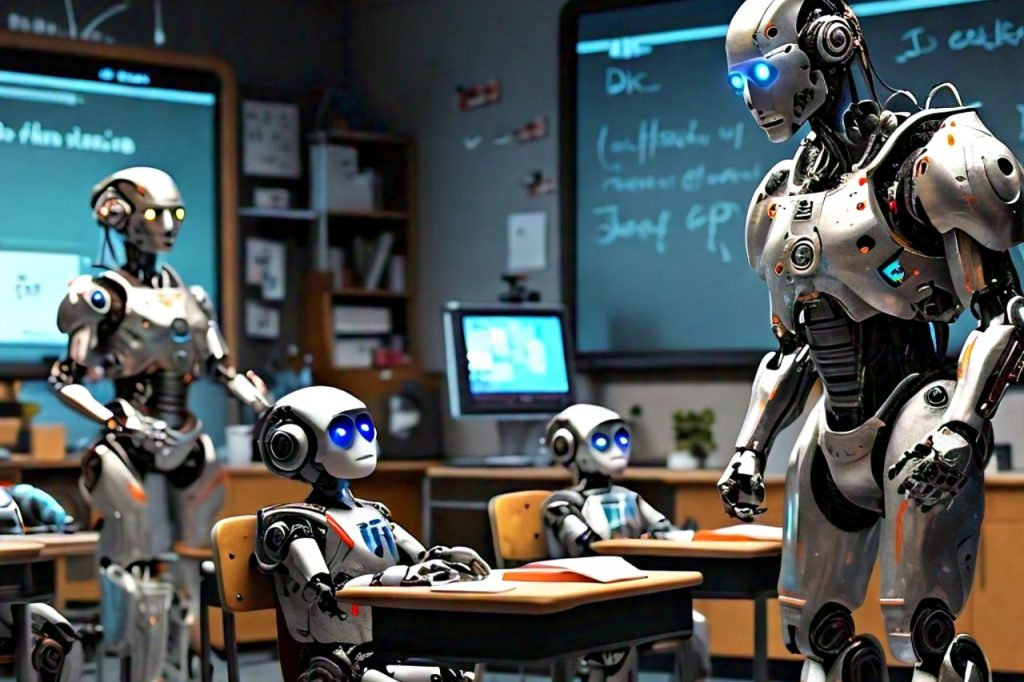
Robots will also play a critical role in special education. They can be used to assist children with disabilities by offering customized learning tools, personalized instructions, and interactive experiences. For instance, robots can help children with autism spectrum disorders practice social skills or provide therapy to children with physical disabilities. Their ability to remain patient, consistent, and adaptive will make them valuable companions in the classroom, improving educational outcomes for children with diverse needs.
Future Robots in Agriculture
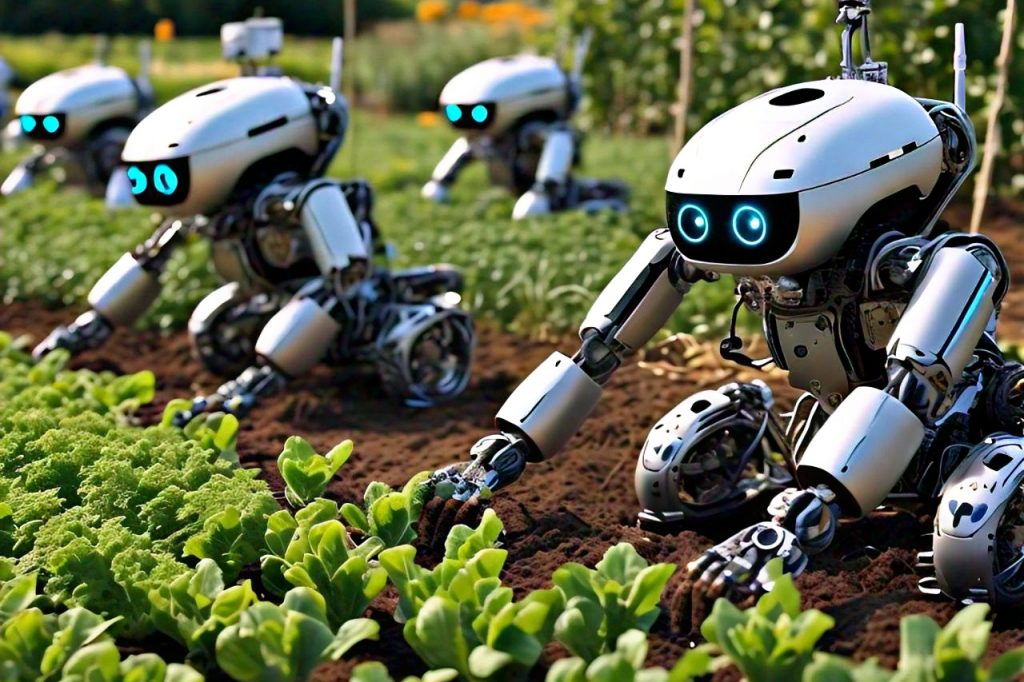
The agricultural sector, which faces increasing pressure to meet the demands of a growing global population, will greatly benefit from the use of advanced robots. Robots in agriculture will revolutionize farming practices, enabling more sustainable, efficient, and precise food production methods.
Precision Agriculture
Robots will enhance precision farming, a practice that uses advanced technologies to optimize the yield of crops while minimizing resource usage. Drones and robots will be able to monitor soil health, detect plant diseases early, and deliver fertilizers or pesticides with pinpoint accuracy, reducing waste and minimizing the environmental impact of farming. Additionally, robots will be able to identify specific areas of a farm that require attention, improving crop yields and reducing resource consumption.
Autonomous robots will also be used for planting, harvesting, and weeding crops. Robots designed for these tasks will have advanced dexterity, able to pick delicate fruits and vegetables without damaging them, increasing the efficiency of harvesting operations.
Robots for Livestock Management
In livestock farming, robots will help farmers manage herds more efficiently. Robots equipped with cameras, AI, and sensors will be able to monitor the health and behavior of livestock, alerting farmers to potential issues such as illness or injury before they become widespread problems. This will result in more sustainable farming practices and healthier animals, ultimately improving food safety and quality.
Robots and the Expansion of Space Exploration
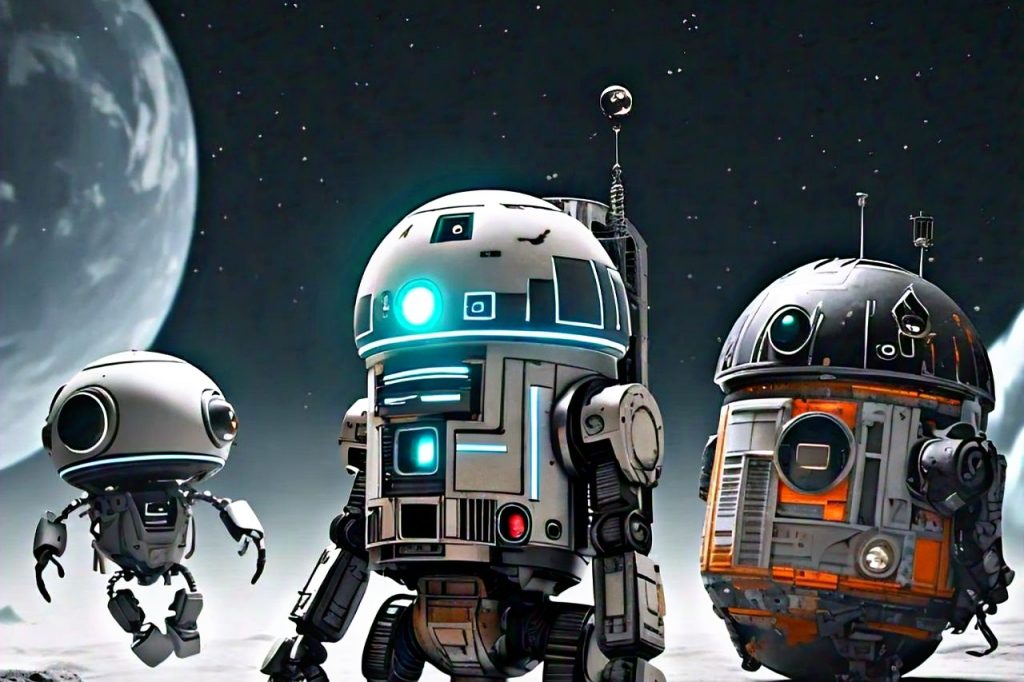
One of the most exciting frontiers for future robots is in space exploration. As humanity looks toward the Moon, Mars, and beyond, robots will play a pivotal role in exploring and colonizing new worlds. Robots will be responsible for many aspects of space exploration, from construction to resource extraction and even long-term colonization efforts.
Future Robots for Space Construction
In future space missions, robots will be tasked with constructing bases, habitats, and infrastructure on other planets or moons. Robotic systems capable of autonomous operations will be critical for building and maintaining colonies in outer space, where human presence will initially be limited. These robots will be able to operate in harsh, low-gravity environments, assembling structures, laying down roads, and even creating greenhouses for food production.
In addition to construction, robots will help build the infrastructure needed for human settlers, such as energy generation systems, communication networks, and life-support systems. Using autonomous machines in space reduces the cost and risk associated with sending humans to perform dangerous tasks.
Robots for Astrobiology and Resource Exploration
Robots will be critical for the search for life beyond Earth. On missions to Mars and other planets, robots will collect soil samples, analyze them for signs of life, and explore areas that might be too hazardous for humans. These robots will also be used to explore the potential for mining and resource extraction, whether from asteroids, the Moon, or other celestial bodies.
The ability of robots to carry out exploration without human presence allows for more in-depth and longer-duration missions. In the future, robots may even be used to terraform planets or moons, preparing them for human habitation by modifying their atmospheres or landscapes.
Future Robots in Everyday Life

While robots have already begun to infiltrate certain sectors, they will soon become a ubiquitous part of daily life. Future robots will assist in everything from household chores to personal entertainment, becoming valuable members of our households.
Future Robots for Home Assistance
Robots designed for home use will be able to perform tasks such as cleaning, cooking, and maintenance. Future robots will go beyond the capabilities of today’s robotic vacuums, with advanced sensors and AI enabling them to navigate complex home environments. For example, they will be able to cook meals based on recipes or dietary preferences, clean up after themselves, and even help with laundry and other chores.
Robots for Personal Companionship
The development of emotional AI and human-robot interaction will also give rise to robots designed for companionship. These robots will be able to interact with humans in a meaningful way, responding to emotions, providing conversation, and offering assistance when needed. They will be especially beneficial in addressing loneliness, particularly among the elderly, and will serve as valuable emotional companions for individuals living alone.
Future Robots in Challenges and Ethical Considerations
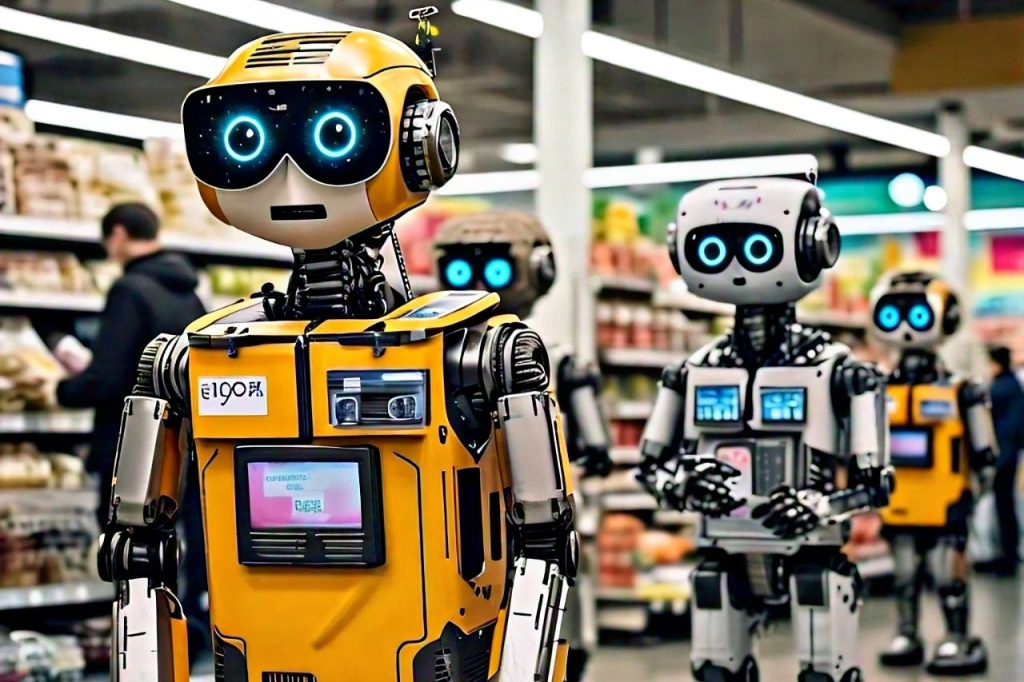
While the potential of future robots is vast, their development also raises significant challenges and ethical concerns. As robots become more autonomous and integrated into society, questions surrounding privacy, security, and job displacement must be addressed.
Job Displacement
One of the primary concerns about the rise of robots is the potential for widespread job displacement. As robots take on more tasks, particularly in industries like manufacturing, healthcare, and logistics, human workers may face the threat of unemployment. Policymakers will need to explore strategies for reskilling workers and ensuring that the benefits of automation are distributed equitably.
Privacy and Security
As robots become more integrated into our daily lives, they will have access to vast amounts of personal data. For example, home robots may learn details about our schedules, habits, and preferences. Ensuring the security of this data and preventing unauthorized access will be critical to maintaining trust in robotic systems. Furthermore, autonomous robots could be vulnerable to hacking or other malicious activities, which could have serious consequences in industries like healthcare or transportation.
Ethical Decision-Making
As robots become more autonomous, they may be faced with complex ethical decisions. For example, a robot involved in healthcare may have to choose between saving one patient over another in a critical situation. Designing robots that can make ethical decisions in a manner consistent with human values will be one of the most challenging aspects of robotics development.
Conclusion: The Future of Robots is Limitless
The future robots is an exciting and transformative journey that promises to revolutionize industries, improve quality of life, and expand human capabilities in ways we can only begin to imagine. As technology continues to evolve, so too will the abilities of future robots. These machines will become more intelligent, capable, and integrated into our daily lives, reshaping the world as we know it.
However, as we move forward with these innovations, we must be mindful of the challenges and ethical considerations that accompany them. By addressing these issues thoughtfully, we can ensure that future robots are developed and used in ways that benefit all of humanity. The future of robots is not just about automation—it’s about creating a world where humans and machines work together to push the boundaries of what is possible.
This article has delved into the many dimensions of future robots, from technological innovations to their implications for society. The future robots holds limitless possibilities, and as we continue to explore these advancements, we move closer to a world where future robots and humans coexist to tackle the challenges of tomorrow.

